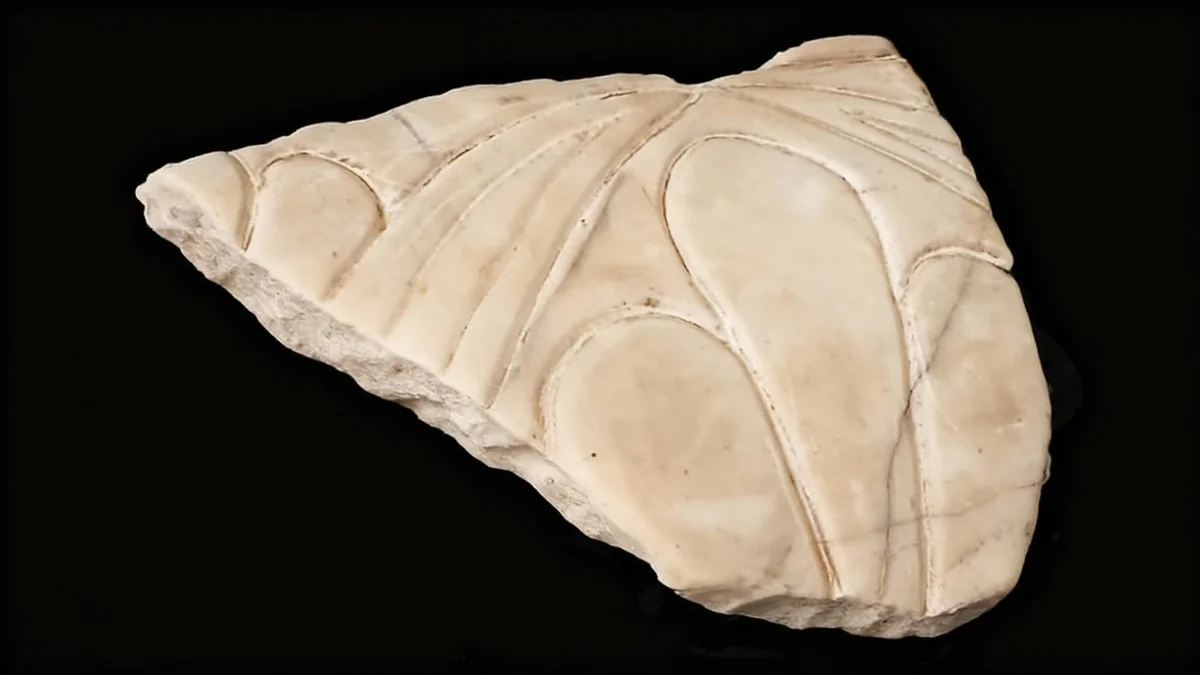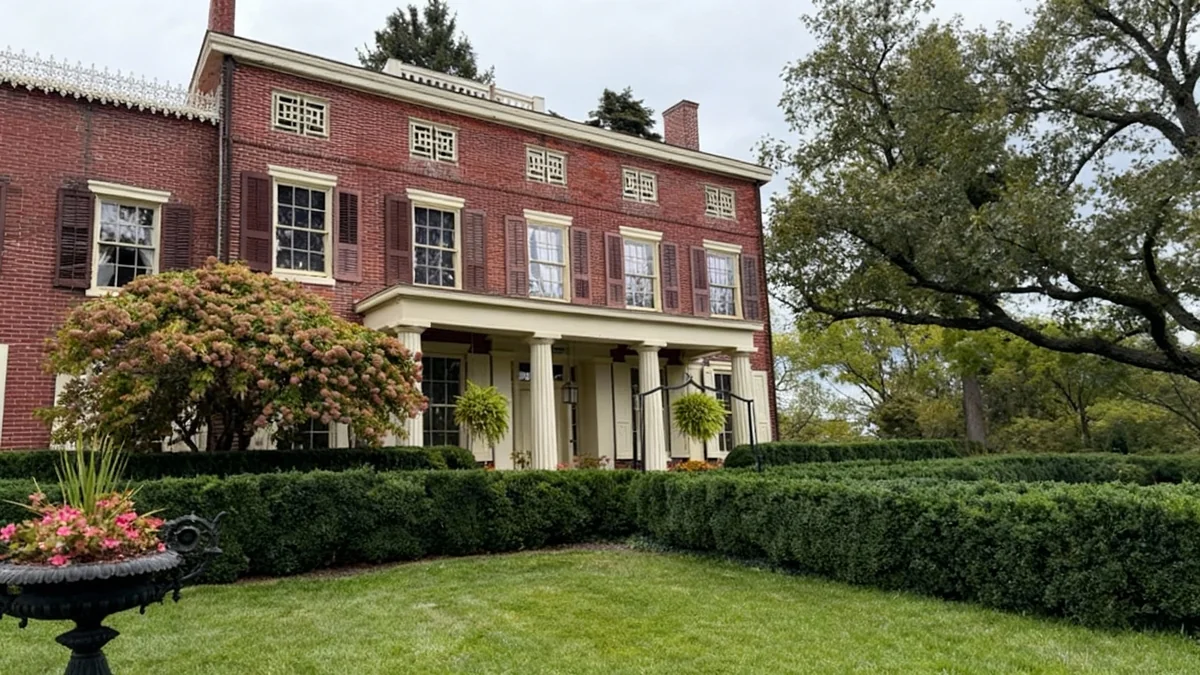Archaeologists have uncovered a waiting area outside the famous Villa of the Mysteries in Pompeii, Italy. This discovery provides new insights into the daily lives of ancient Romans and the social dynamics between wealthy patrons and their clients. The site, located on a public street opposite the villa's main entrance, features a stone bench where individuals would gather each morning.
Key Takeaways
- A public waiting bench was discovered outside Pompeii's Villa of the Mysteries.
- This area was used by clients seeking assistance from the villa's wealthy owner.
- The discovery highlights the Roman patron-client system.
- An ancient inscription, including a partial name 'Bassus', was found on a wall.
Discovery Sheds Light on Roman Social Structures
The Villa of the Mysteries is renowned for its well-preserved frescoes. However, the recent excavation focuses on a different aspect of the property. The newly found waiting area suggests a bustling scene outside the villa's gates, far from the private, ornate interiors. This space was not for invited guests, but for those seeking favor or support from the homeowner.
According to a statement from the Pompeii Archaeological Park, the discovery includes a long stone bench. This bench was positioned on the public street, directly across from the villa's main gate. It served as a gathering point for clients who wished to meet the dominus, or master of the house.
Fact: The Patron-Client System
In Roman society, the patron-client relationship was a fundamental social structure. Wealthy patrons offered protection, legal aid, or financial support to their clients. In return, clients provided loyalty, political support, and often performed services for their patron.
The Daily Routine of Roman Clients
Each day, clients from lower social classes would visit the homes of prominent figures. They would wait patiently outside, hoping for an audience with the homeowner. This practice was a public display of loyalty and a means to seek assistance. Clients might ask for legal advice, financial help, or other forms of support.
In exchange for these benefits, clients offered political support. If the wealthy landowner ran for election to the city's administration, their clients would be expected to campaign and vote for them. The more clients who gathered outside a Roman domus each morning, the more influential and affluent the homeowner was perceived to be.
"This discovery vividly illustrates the daily operation of the patron-client system in ancient Rome," stated a representative from the Pompeii Archaeological Park. "It shows us where the public interactions occurred, distinct from the private splendor within the villa itself."
Ancient Graffiti Reveals a Glimpse of Impatience
During the excavation, archaeologists made another interesting find: ancient graffiti on a wall within the waiting area. One client, perhaps growing impatient from a long wait, used a sharpened object or a piece of charcoal to write on the wall. The etching includes a date, though the specific year is not clear. Part of the man's name, Bassus, was also deciphered from the inscription.
This personal touch offers a direct link to an individual from nearly 2,000 years ago. It provides a human element to the archaeological site, showing how ordinary people interacted with their environment while waiting for their patron.
Context: Villa of the Mysteries
The Villa of the Mysteries is a well-preserved Roman villa located on the outskirts of Pompeii. It is famous for its elaborate frescoes, which depict a mysterious rite, possibly related to the Dionysian cult. The villa was buried by the eruption of Mount Vesuvius in 79 AD, preserving its structures and artwork.
Significance of the Discovery
This finding adds to our understanding of Roman urban life and social stratification. It shows that even grand villas, known for their private luxury, had public-facing spaces designed for specific social interactions. The waiting room serves as a tangible link to the complex social networks that characterized Roman society.
The ongoing work at the Pompeii Archaeological Park continues to unearth new details about this ancient city. Each discovery helps historians and archaeologists piece together a more complete picture of daily life before the catastrophic eruption of Mount Vesuvius. This particular find offers a unique perspective on the public-private divide and the interactions between different social classes.
Further Research and Preservation Efforts
Researchers are continuing to analyze the waiting area and its surroundings. Efforts are also underway to preserve the newly exposed structures and any additional artifacts found. This careful work ensures that future generations can learn from these historical insights.
The Pompeii Archaeological Park emphasizes the importance of these ongoing projects. They contribute significantly to the global understanding of Roman civilization. The site remains a vital resource for studying ancient urban planning, architecture, and social customs.





